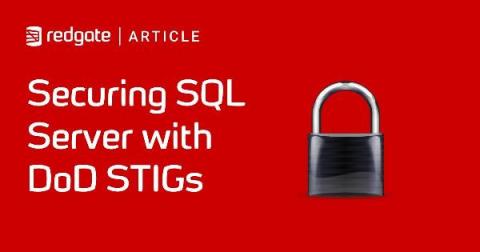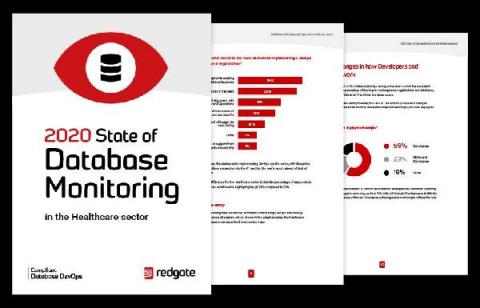SQL Server deployments: Which Redgate tools should you use?
Since 1999, we’ve been developing tools at Redgate to support database deployments for SQL Server. In the past couple of years, we’ve increased our effort in this space by further developing our proprietary technologies based on SQL Compare, and acquiring others like Flyway, the most popular database migration engine. As a result, we now offer tools which provide more options for SQL Server and also support deployments for 20 different database systems.











